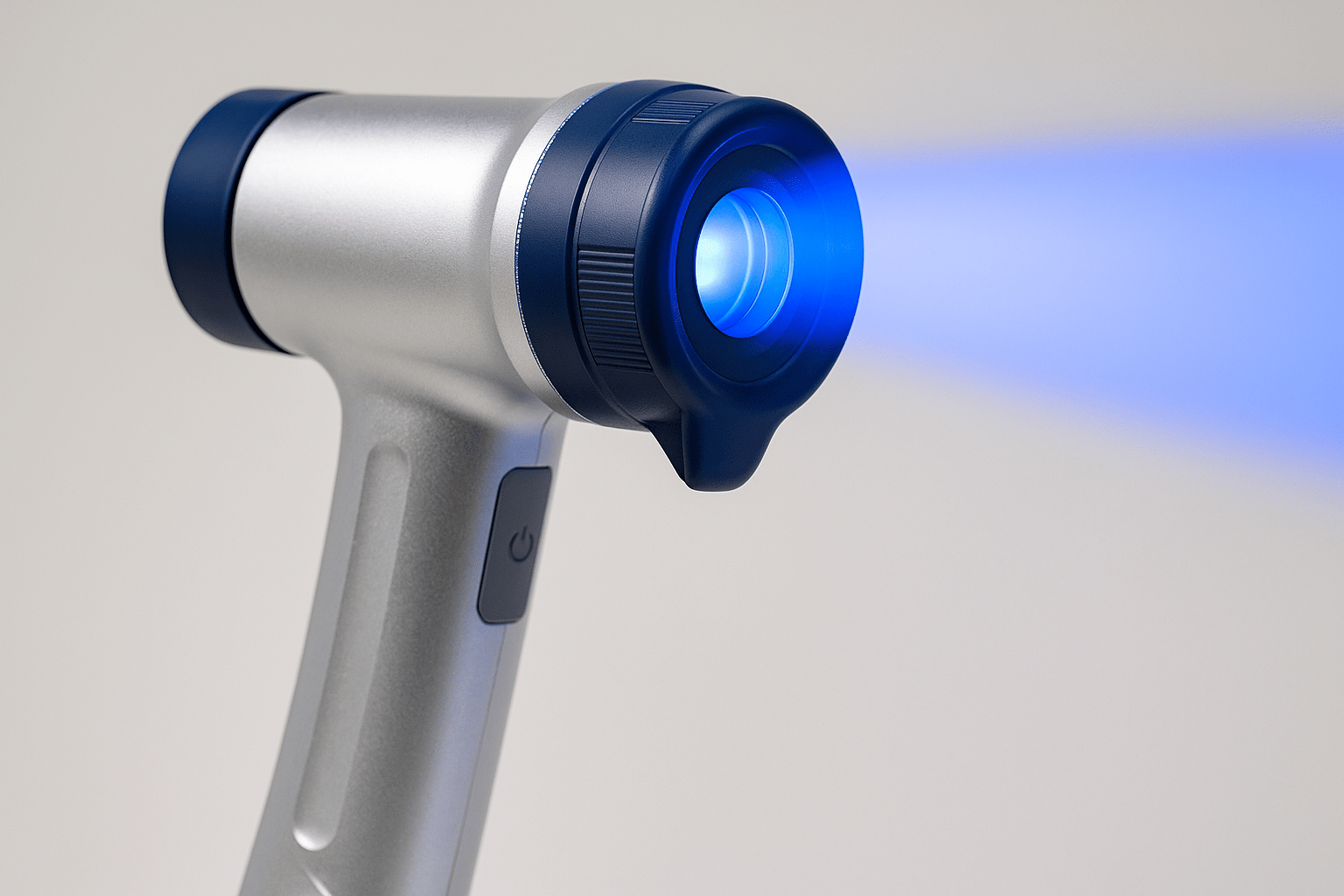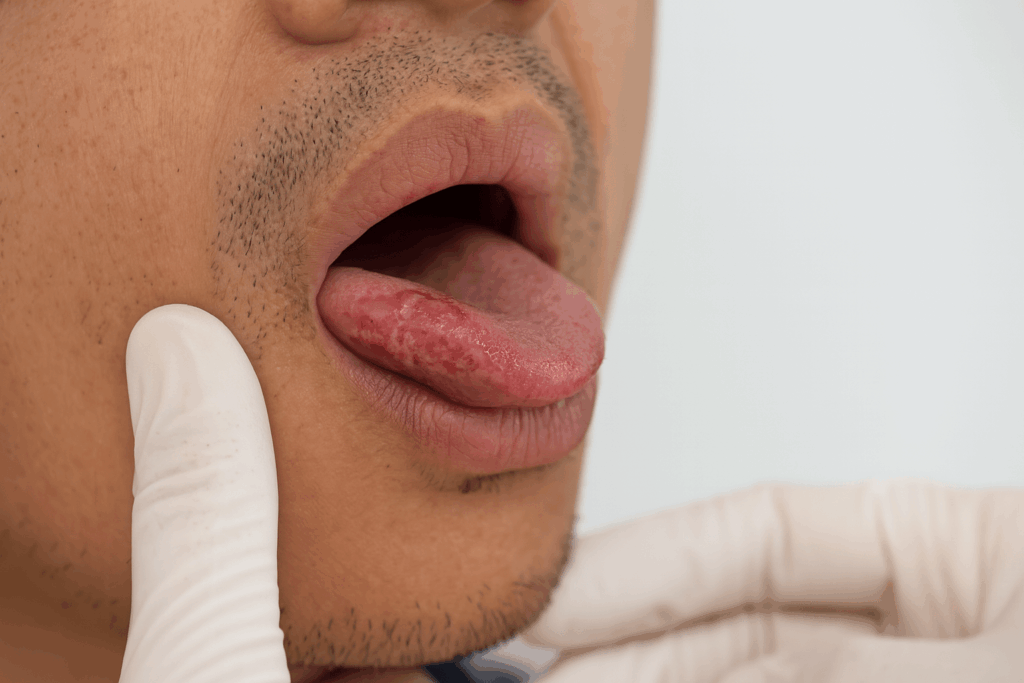Oral cancer doesn’t always come with clear warning signs, but detecting it early can be life-saving. Thanks to advanced oral cancer screening devices, dentists can identify potential issues before symptoms appear, giving patients a better chance at successful treatment and peace of mind during routine visits.
At Elizabeth L. Wakim DDS, we prioritize early detection and patient education. Our routine checkups include thorough screenings using trusted diagnostic tools designed to catch subtle changes in oral tissues. It’s part of our commitment to offering modern, preventive care that supports your long-term health and confidence.
In this blog, we’ll walk you through how these screening devices work, what they look for, and why staying proactive matters.
What Are Oral Cancer Screening Devices?
Oral cancer screening devices are tools used by dental professionals to detect early signs of cancer or precancerous conditions in the mouth. These devices go beyond the standard visual and physical exam, offering enhanced visualization of tissues that may appear normal to the naked eye.
Types of Oral Cancer Screening Devices

Modern screening tools make early detection of oral cancer easier, faster, and more accurate. Below are the most widely used technologies in today’s dental practices:
VELscope®
VELscope uses a safe blue light to make healthy tissue fluoresce naturally. When viewed through a special lens, abnormal areas such as potentially cancerous or precancerous tissue appear darker, indicating areas that require further evaluation. The process is quick, non-invasive, and can be performed chairside during a routine exam without causing discomfort.
OralID®
OralID also uses fluorescence to detect abnormal tissues but simplifies the process by requiring no special rinses or dyes. Dentists shine a blue light over the mouth, and any irregular tissue stands out immediately. It’s designed for easy use during checkups, giving providers a fast, effective way to spot early signs of concern.
Identafi®
Identafi combines three distinct wavelengths, white, violet, and amber-green light, to enhance the visualization of suspicious lesions. This multi-spectrum technology helps differentiate between surface-level abnormalities and deeper vascular changes, making it a valuable tool for comprehensive soft tissue screening.
BrushTest™ (OralCDx®)
BrushTest uses a small, soft brush to collect cells from potentially suspicious areas of the mouth. The sample is then analyzed in a lab to check for abnormal or cancerous cells. It’s painless, minimally invasive, and helpful when a visual inspection alone doesn’t provide clear answers.
Salivary Diagnostic Tests
Salivary diagnostics are a growing field in oral cancer detection. These tests analyze a patient’s saliva for specific biomarkers associated with oral cancer, offering a non-invasive, data-driven approach to screening. While still emerging, they show strong potential for enhancing accuracy in early detection.
How These Devices Improve Early Detection
Oral cancer screenings are typically part of a routine dental checkup, especially for adults over 40. However, your dentist may recommend screenings earlier or more frequently based on personal risk factors.
If you use tobacco or alcohol regularly, have a history of human papillomavirus (HPV), or experience persistent mouth sores or difficulty swallowing, more frequent screenings may be advised. Early detection is key, oral cancer caught in its initial stages has a significantly higher survival rate and often requires less aggressive treatment.
Even if you have no symptoms, consistent screenings help ensure that any subtle changes are noticed early, giving you the best possible chance for effective treatment. According to this guide to dental checkup frequency, maintaining a regular dental visit schedule is essential not only for cavity prevention but also for identifying more serious issues like oral cancer at an early stage.
When Are Oral Cancer Screenings Recommended?
Oral cancer screenings play a vital role in early detection. Understanding when these screenings are most beneficial can help protect your health and reduce long-term risks.
- During routine dental checkups: Most oral cancer screenings are performed during your regular dental visits. Many providers now use advanced oral exam devices that rely on proven fluorescence technology for a more thorough examination of the oral cavity.
- For individuals with higher risk factors: People who smoke, use chewing tobacco, drink alcohol often, or have HPV are at higher risk for oral mucosal abnormalities. Adjunctive devices using optically based technology called fluorescence help detect early pre-cancer signs.
- If you experience concerning symptoms: These may include persistent mouth sores, red or white patches, throat pain, or trouble swallowing. Devices that use fluorescent light and specific wavelengths can highlight areas of concern without needing immediate biopsies.
- When there’s a family history of oral cancer: A genetic predisposition increases your risk. Consistent screenings with modern tools help identify subtle tissue changes early and may lower lifetime costs by reducing the need for more aggressive treatments later.
- To support early detection even without symptoms: Even if you feel fine, screening with oral cancer screening devices or brush biopsy methods can catch hidden concerns. These tools are used in other medical applications as well, including the GI tract and cervix, thanks to their diagnostic precision.
Protect Your Health With Proactive Care
Early detection is key when it comes to oral cancer. Thanks to modern oral cancer screening devices, dentists can now catch subtle changes in the oral cavity before they become more serious. Many of these tools use proven fluorescence technology to highlight oral mucosal abnormalities that might otherwise go unnoticed, making routine screenings more effective and efficient. Staying proactive with regular screenings is just one part of maintaining optimal oral health, your overall wellness also depends on good habits like diet. Learn how a balanced diet can support a healthier smile in this guide on nutrition and oral health.
Our team is committed to protecting your smile with gentle, personalized care. If you’re dealing with sensitive teeth, gum irritation, or need guidance choosing the right toothbrush, we’re here to help. Contact our Pennsylvania office at (724) 558-8222 or use our contact form to schedule a visit and get support tailored to your oral health needs.

